Transportation Strategy: Aligning Objectives, Benefits, and Management
VerifiedAdded on 2022/08/18
|13
|711
|17
Report
AI Summary
This report provides a comprehensive overview of transportation strategy, emphasizing its crucial role in supply chain management. It begins with an introduction to transportation strategy and its alignment with organizational objectives, highlighting the importance of timely product delivery. The report then explores the benefits of an effective transportation strategy, such as market accessibility, efficient supply chain management, and increased customer satisfaction. Furthermore, it delves into transportation management strategies, including the use of transportation management systems to streamline dispatch functions and adapt to changing business environments. The report also emphasizes the importance of aligning transportation strategy with organizational objectives to enhance customer service and gain a competitive advantage. Finally, the report concludes by summarizing the key factors to consider in transportation strategy and its overall impact on achieving organizational goals, supported by references to relevant academic literature.
1 out of 13

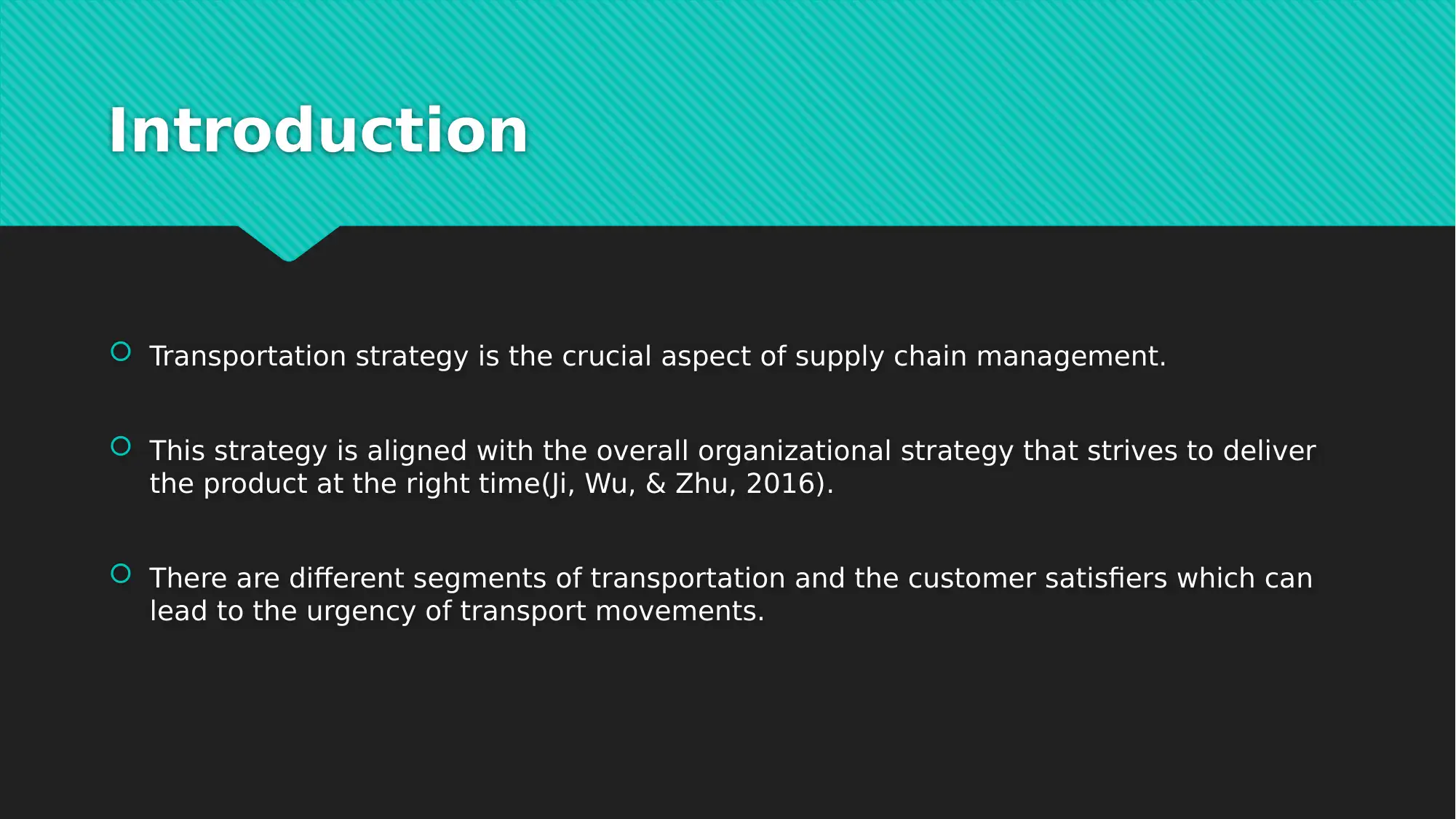
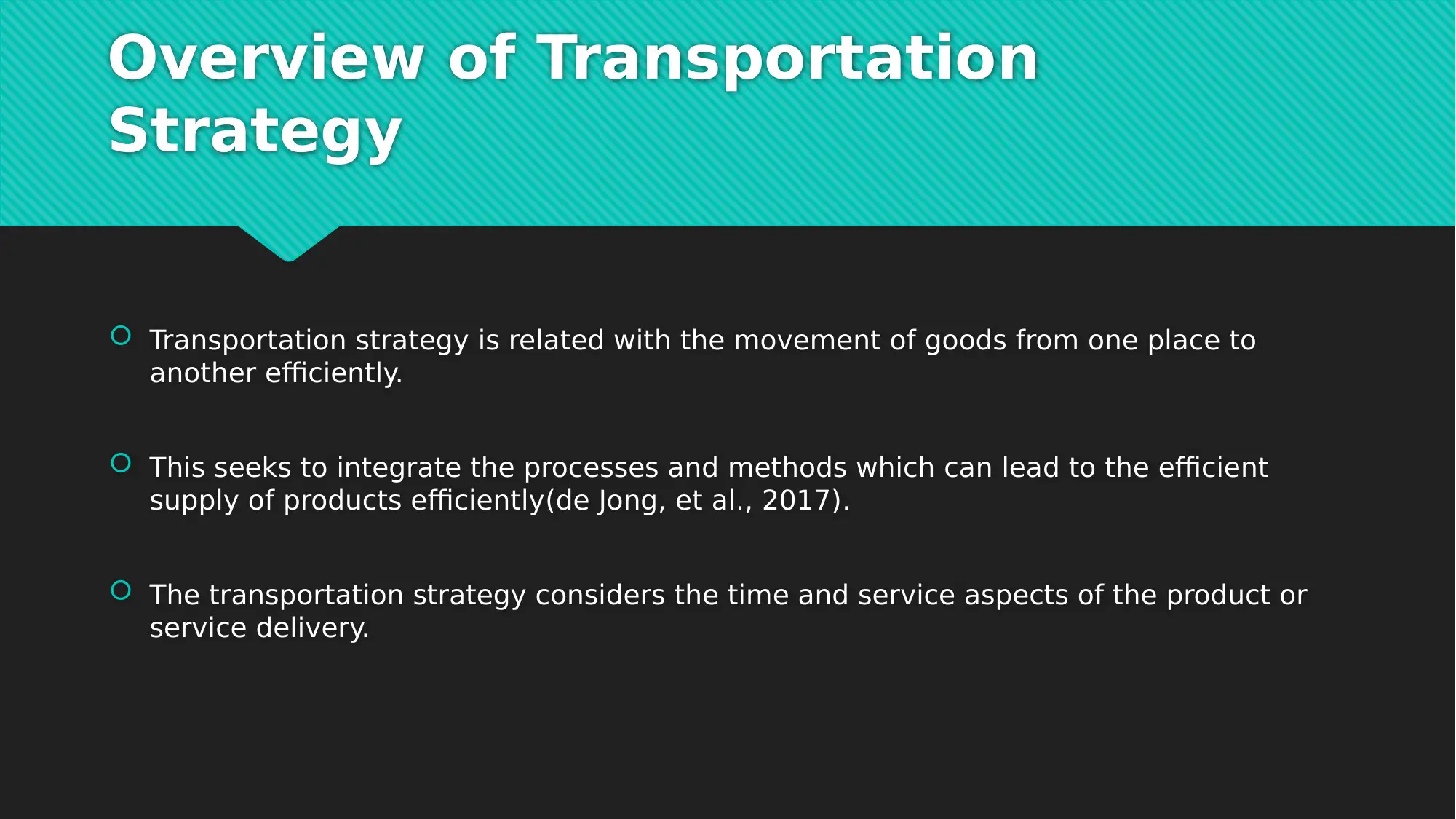

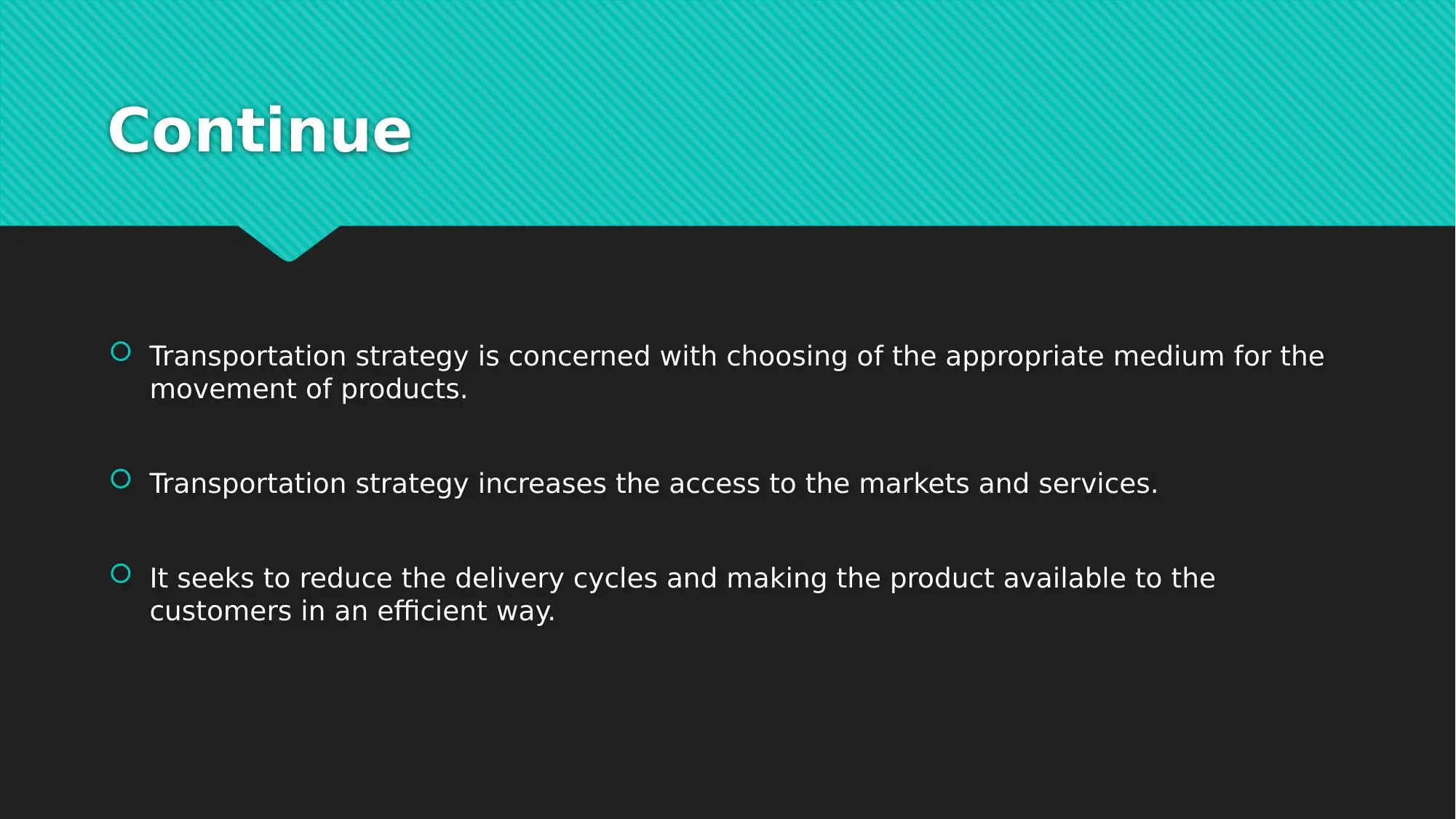
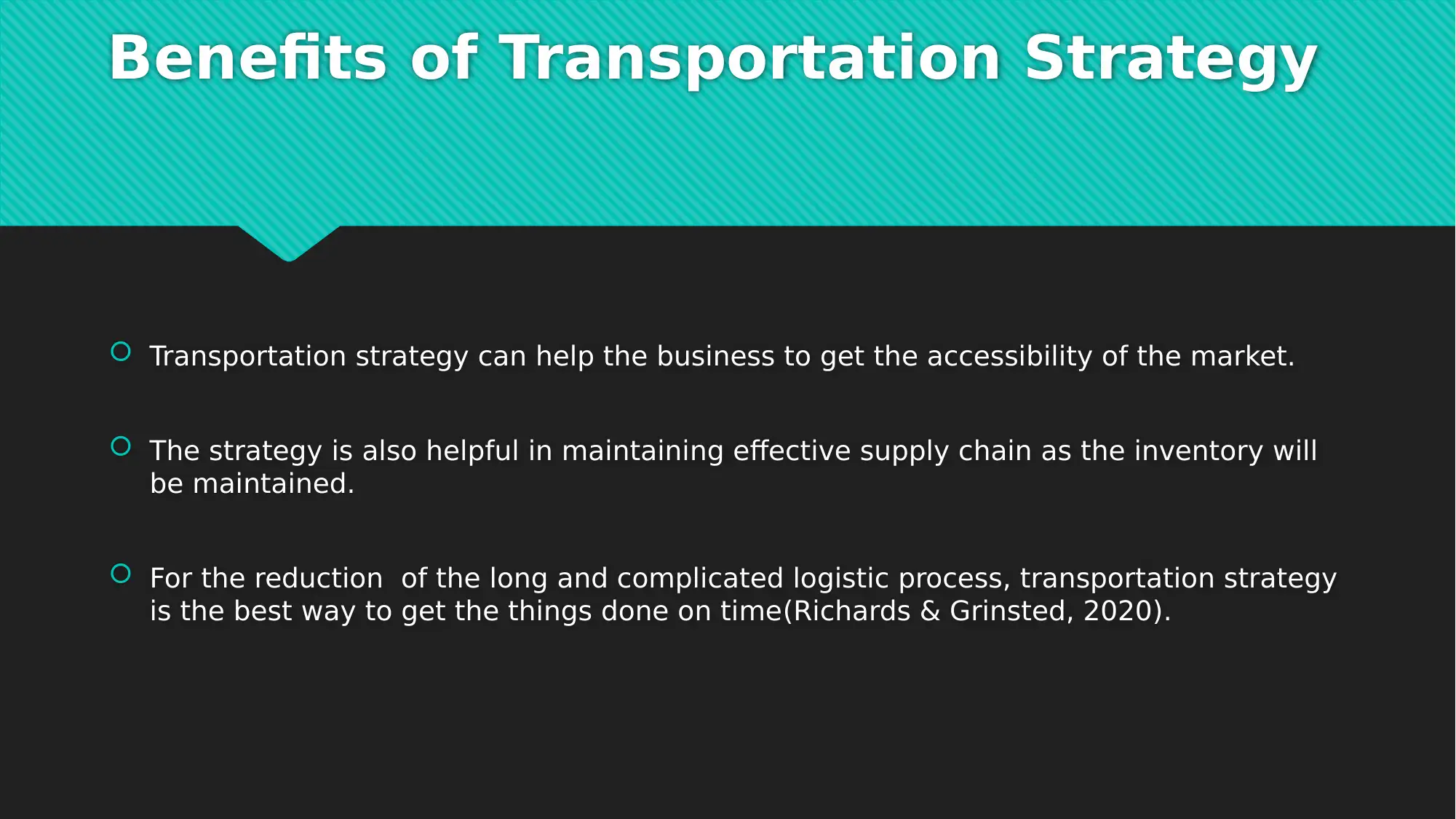

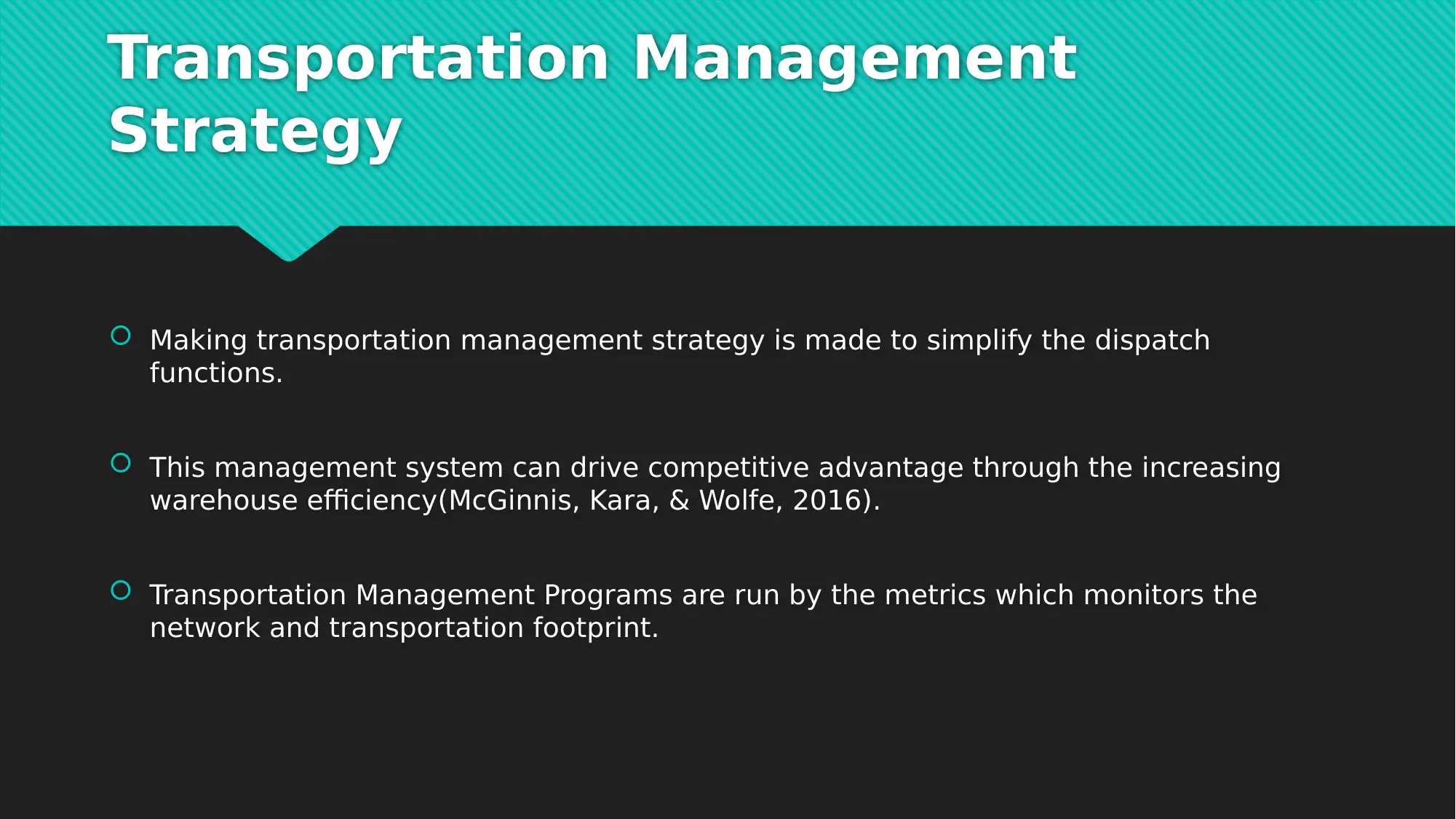
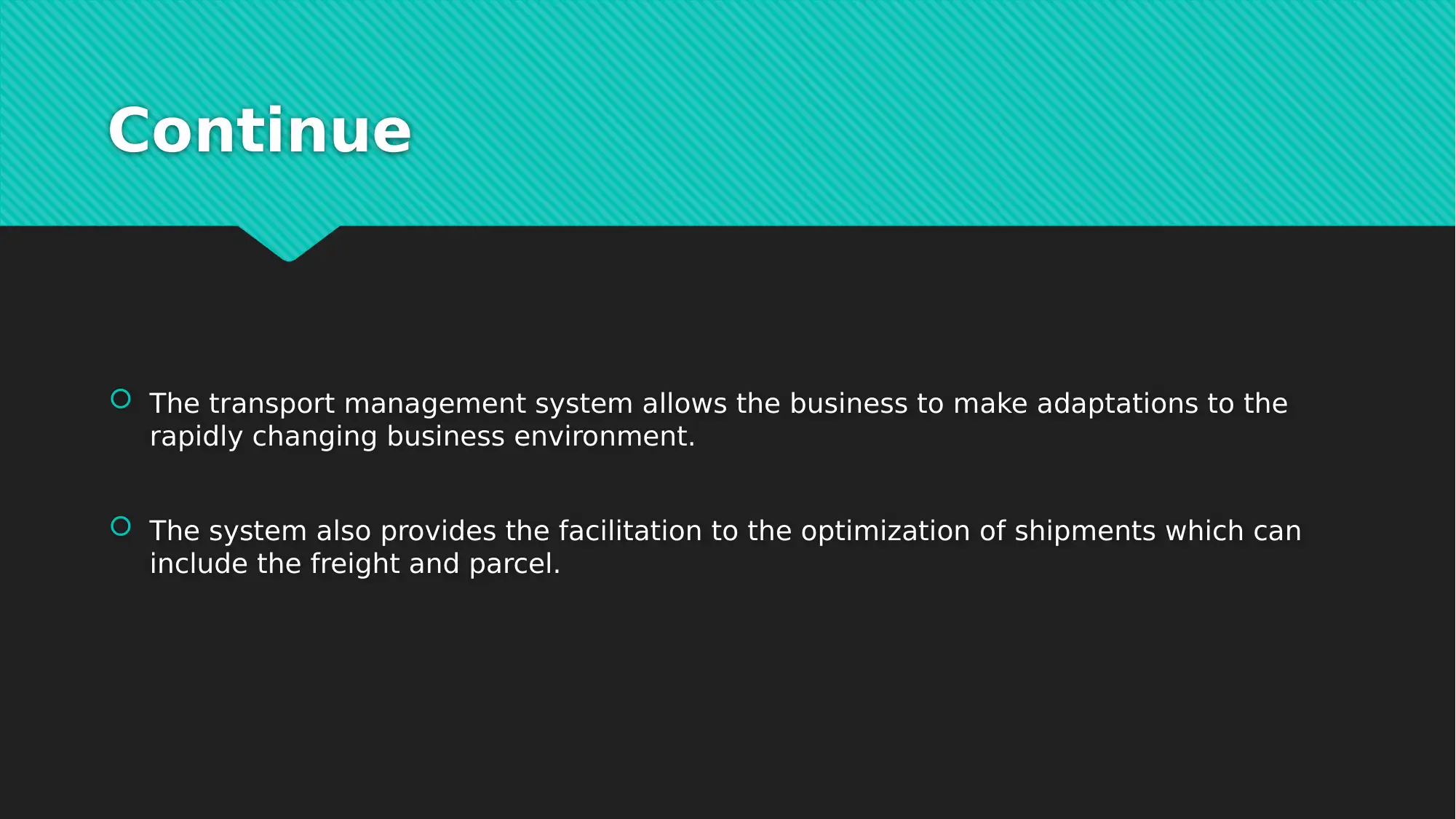
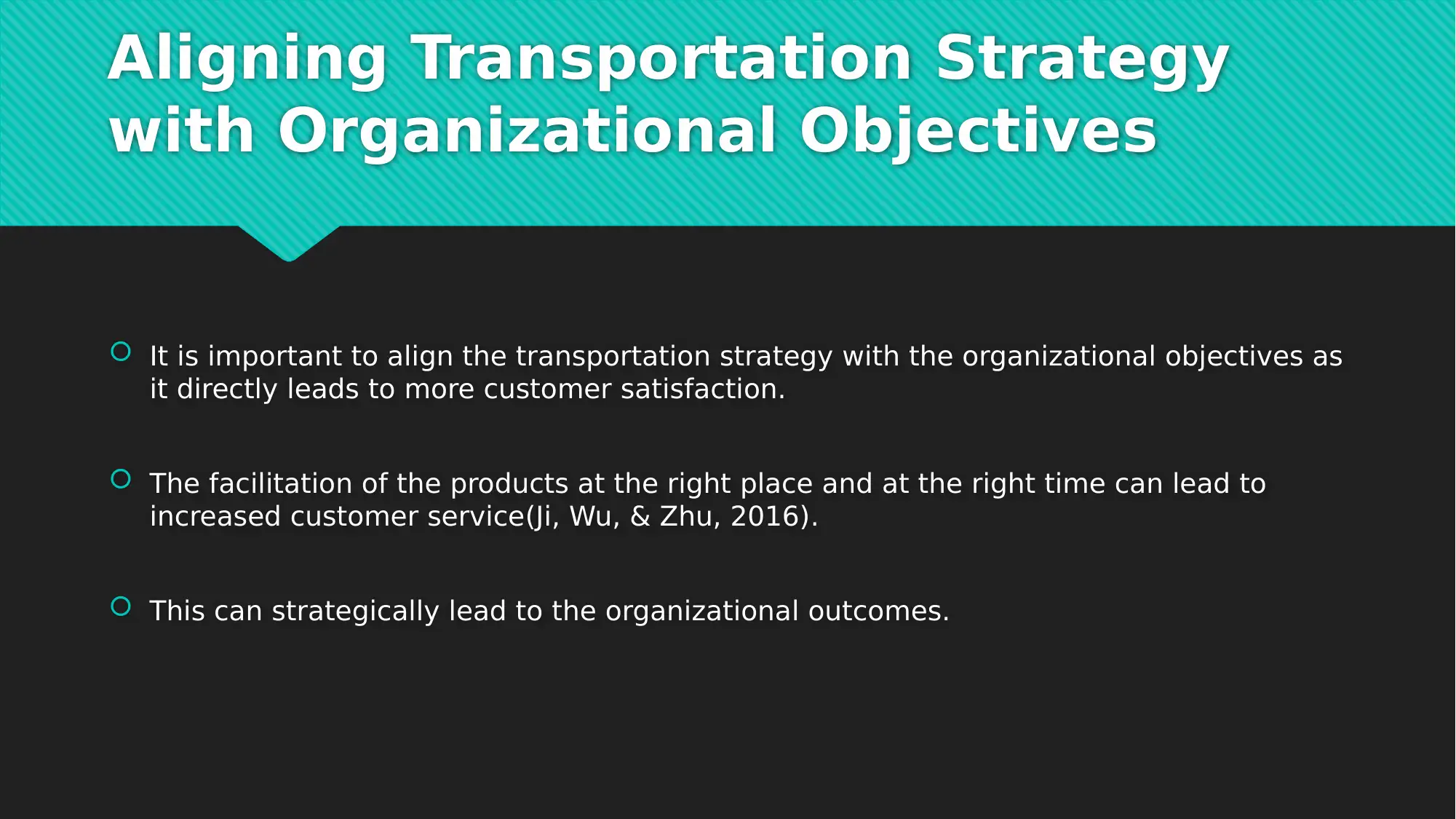
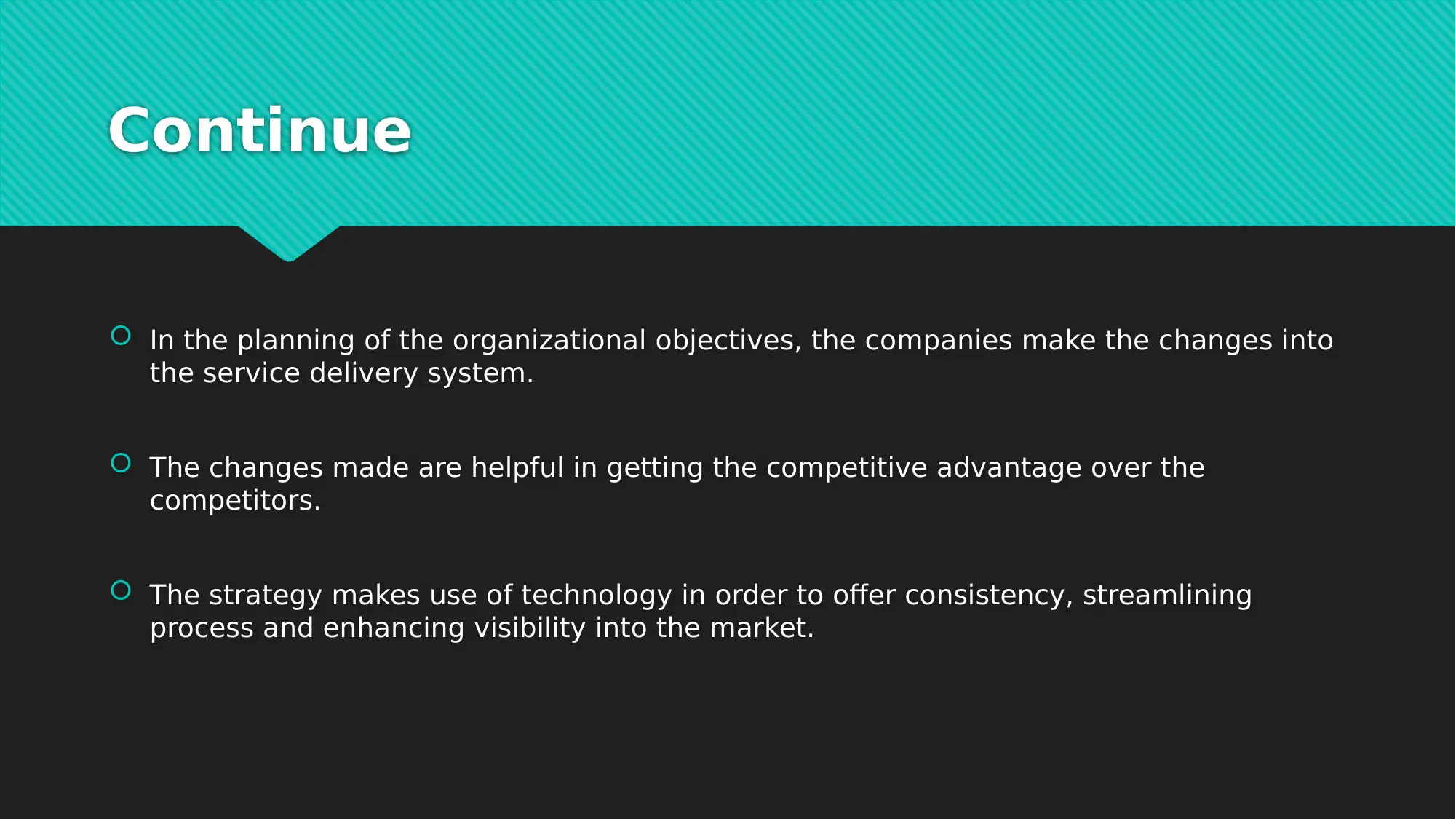
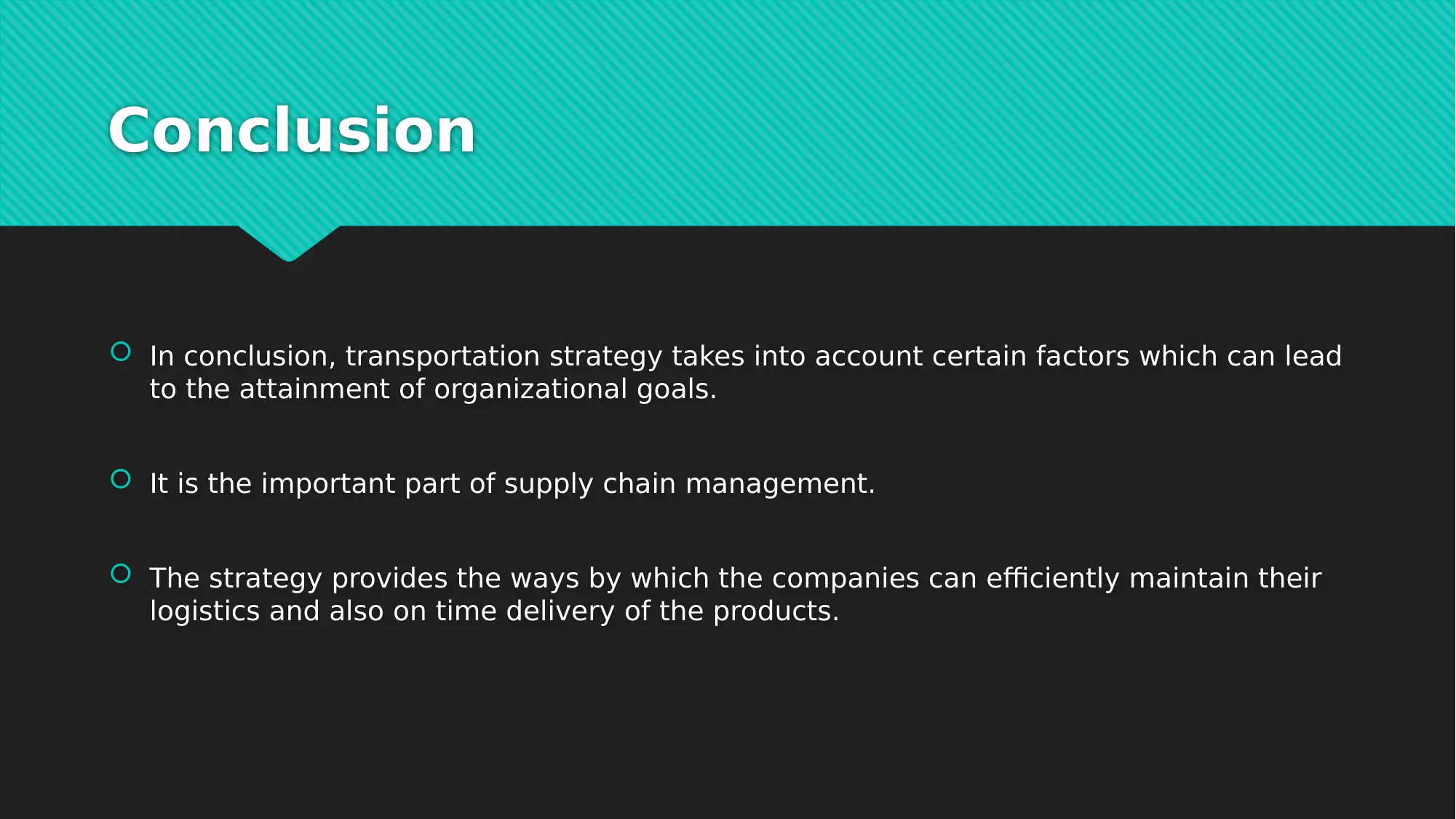
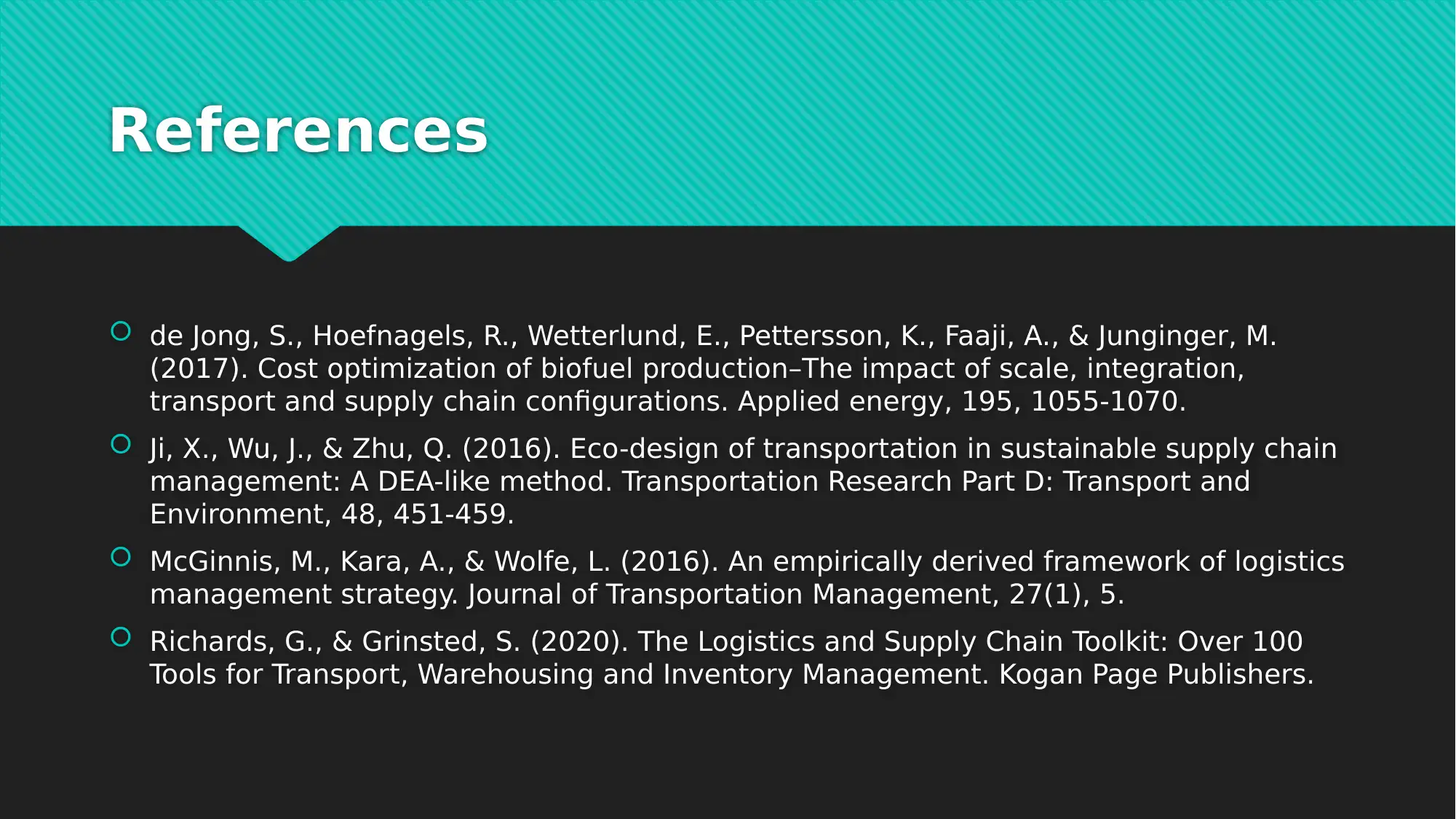






![[object Object]](/_next/static/media/star-bottom.7253800d.svg)